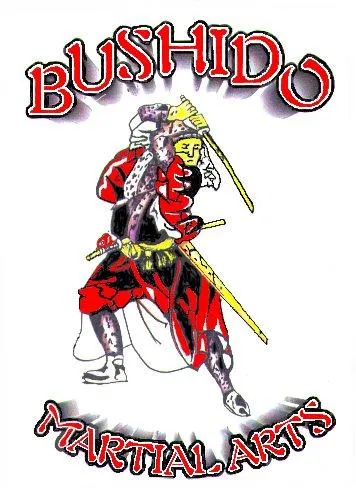
Seek Not To Know The Answers But To Understand The Question
From Samurai Battlefields to Modern Self-Defence
Japanese Jiu-Jitsu (also written Jujutsu) is one of the oldest martial arts in Japan, developed as a battlefield system for the samurai and refined over centuries into an effective, close-quarters self-defence art. Its rich history, deadly effectiveness, and contribution to modern martial arts make it an essential discipline in understanding traditional Japanese combat systems.
Origins in the Samurai Era
During the 17th to 19th centuries, Japan began to transition from centuries of bloody civil conflict into a more peaceful society. As the role of the warrior class evolved, so too did their training. In 1876, the samurai were officially forbidden from wearing swords in public. This pivotal moment marked a shift—empty-hand techniques became essential. Without swords, hand-to-hand combat skills like Jiu-Jitsu became the samurai's primary method of self-protection and law enforcement.
But Jiu-Jitsu’s origins go back even further. Records link its early development to Sumo wrestling in 23 B.C., and by the feudal period, over 7,000 distinct schools (ryu) of Jiu-Jitsu were documented throughout Japan. In 1532, Takenouchi Hisamori founded the Takenouchi-Ryu, widely regarded as the first systemised Jiu-Jitsu school.
A Complete Combat System
Jiu-Jitsu was designed as a complete method of combat, incorporating both armed and unarmed techniques. Within its curriculum are:
Strikes to vital areas (Atemi-waza)
Joint locks and manipulations
Throws and takedowns
Chokes and strangles
Defensive techniques against weapons
Far from being limited to one-on-one fights, Jiu-Jitsu was developed to overwhelm or neutralise opponents quickly, even in battlefield situations.
The translation of Jiu-Jitsu is often given as “the gentle art”, but this refers to the principle of yielding—not softness. Practitioners use an attacker’s force against them, making it possible for someone much smaller to control or subdue a larger, stronger opponent. In reality, skilled exponents of Jiu-Jitsu can throw burly opponents with surprising ease, demonstrating the power of leverage and technique over brute strength.
The Lethal History Behind the Techniques
While modern martial arts are often practised as sport, Jiu-Jitsu remains rooted in life-or-death techniques. In its prime, it was used by warriors and operatives trained in lethal efficiency. In fact, during World War II, the Pentagon used second-generation Japanese Americans trained in Jiu-Jitsu for covert operations behind enemy lines. These operatives were taught nerve-point striking systems like Atemi-waza, so precise and devastating that they remain reserved today for only the most senior practitioners.
One of the most secretive elements of Jiu-Jitsu is Kuatsu, the art of resuscitation. On the battlefield, a mortally wounded enemy could be revived temporarily to be interrogated before death. Kuatsu was only taught to senior ranks, reinforcing the deadly seriousness of the art.
From Battlefield to Dojo
Although many of Jiu-Jitsu’s more lethal techniques have been removed from modern sport formats for safety reasons, the core of the system remains extremely effective. Dislocations, control holds, and locks are still taught today for self-defence and real-world application. In fact, the locks themselves are often so complete that the mere threat of injury is enough to cause even a hardened opponent to surrender.
Today, Jiu-Jitsu continues to evolve as both a traditional martial art and a practical method of self-defence. It has given rise to disciplines like Judo and Aikido and remains the foundation for many modern combat systems.
Final Thoughts
Jiu-Jitsu is not just a fighting style—it is a philosophy, a system, and a legacy. From samurai warriors on ancient battlefields to martial artists in today’s dojos, its techniques have stood the test of time. Practised correctly, it empowers the individual with discipline, confidence, and the ability to defend with precision and control.
Whether your goal is self-defence, physical fitness, or mastering an ancient art, studying Jiu-Jitsu offers a direct connection to a powerful lineage of martial strategy and personal mastery.

